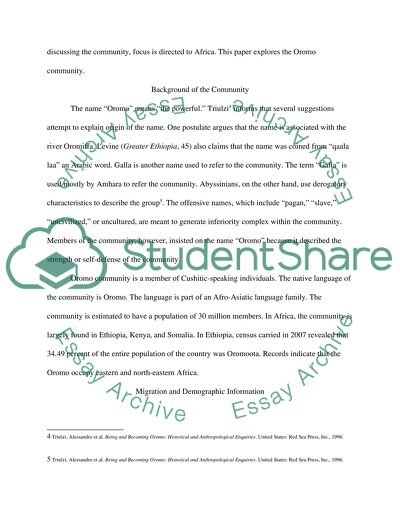Cite this document
(“Various Aspects of Life of the Oromo People Research Paper”, n.d.)
Retrieved de https://studentshare.org/history/1392234-the-oromo-people
Retrieved de https://studentshare.org/history/1392234-the-oromo-people
(Various Aspects of Life of the Oromo People Research Paper)
https://studentshare.org/history/1392234-the-oromo-people.
https://studentshare.org/history/1392234-the-oromo-people.
“Various Aspects of Life of the Oromo People Research Paper”, n.d. https://studentshare.org/history/1392234-the-oromo-people.


